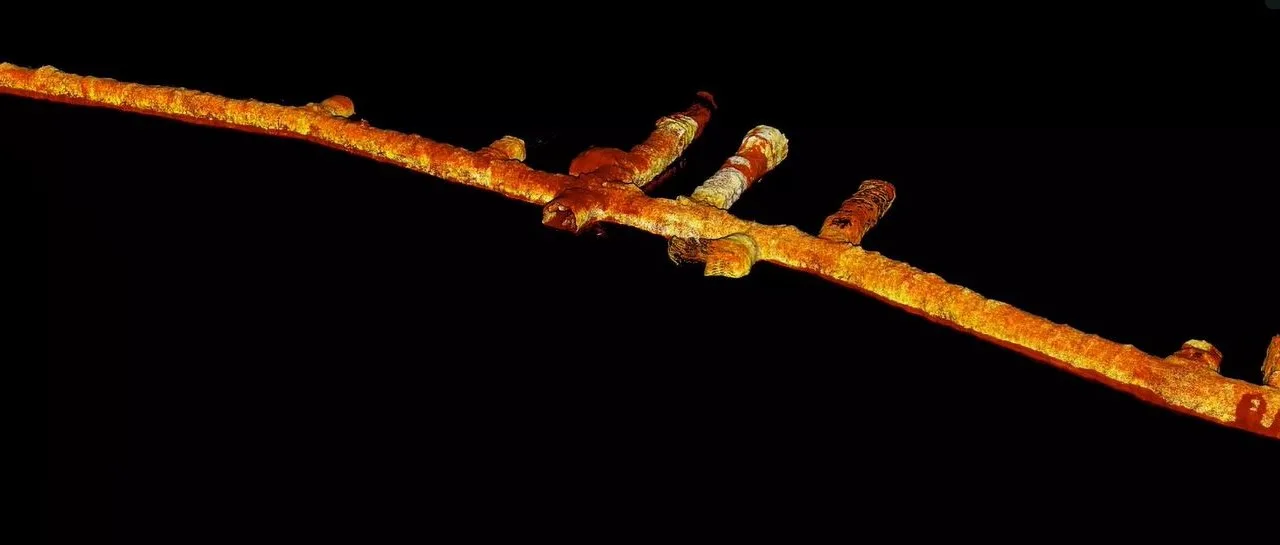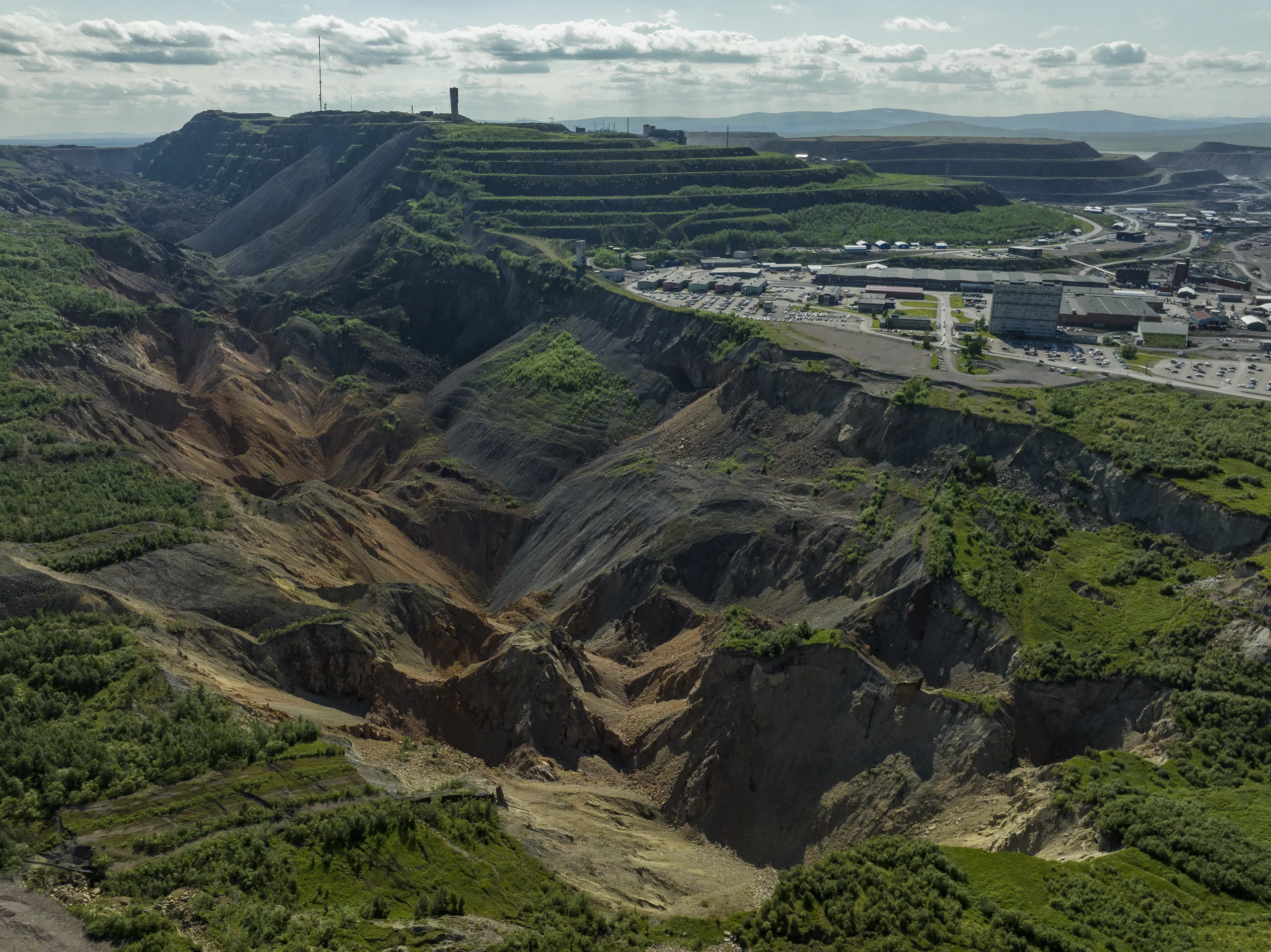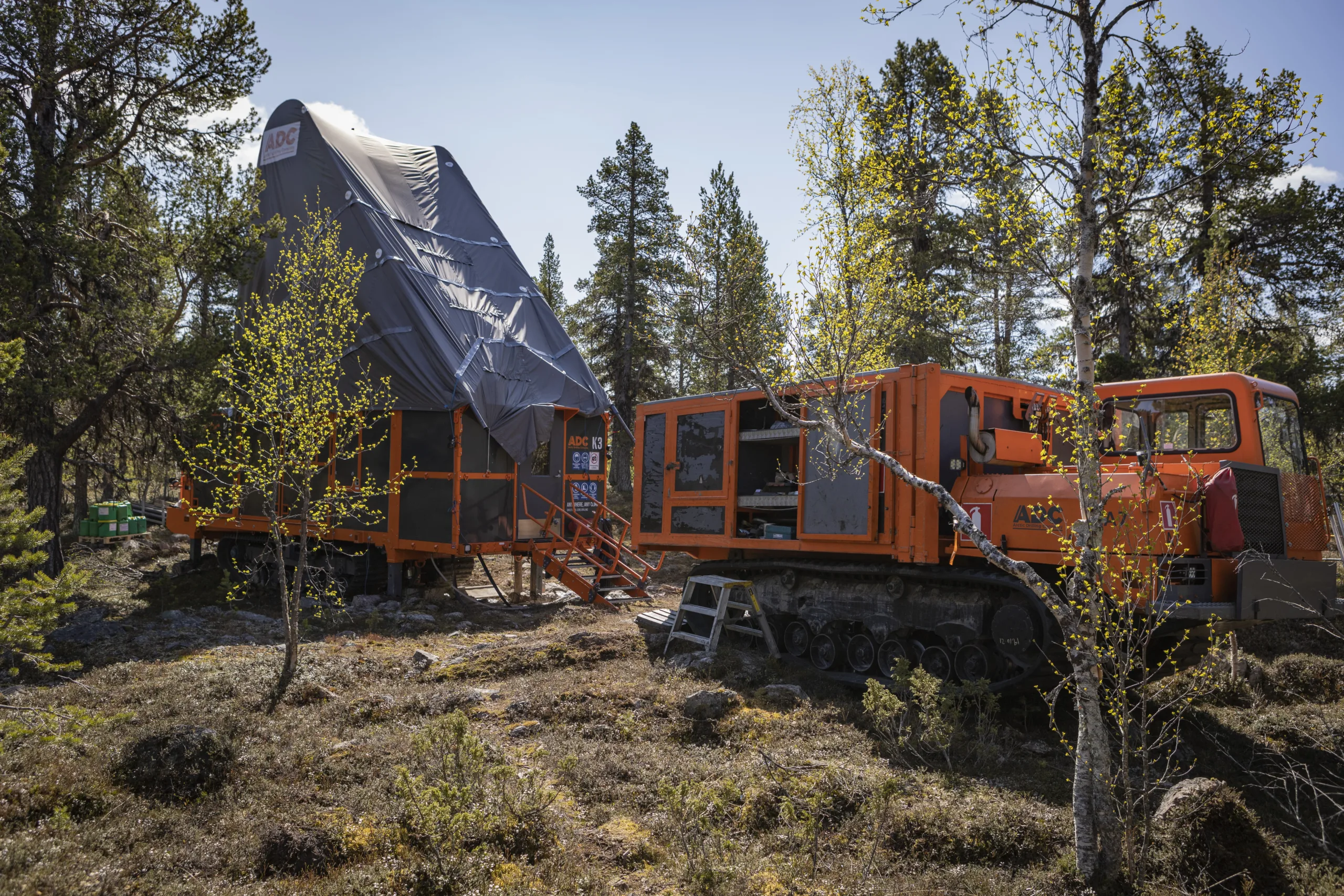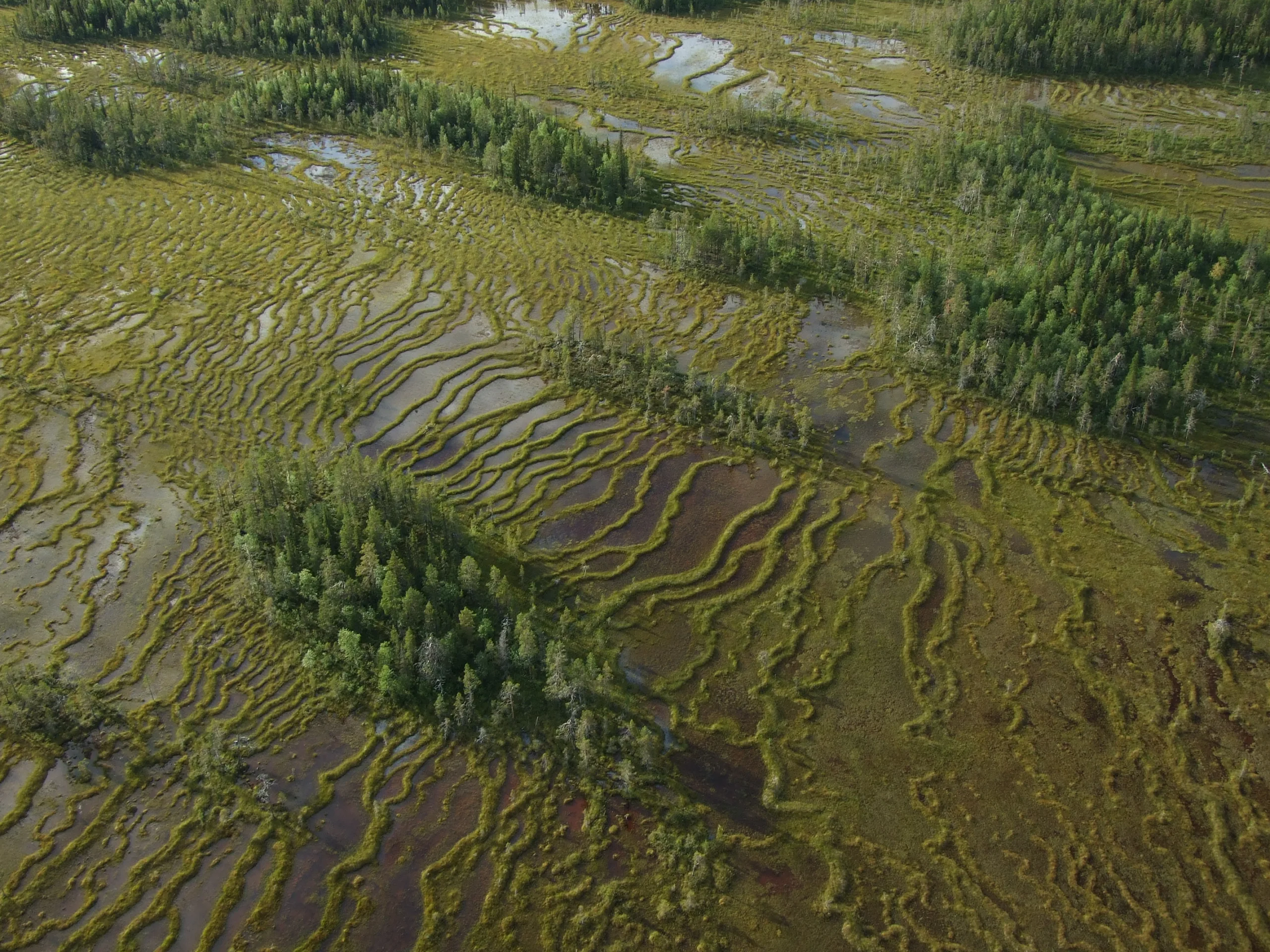One month after the seismic event in the Kiruna mine

Inspection of the Kiruna mine continues. Damage is being documented and rock reinforcement work is under way in preparation for a successive re-opening of the mine for production. Inspection should be complete within the next two weeks."We have to proceed very carefully all the time, feel the 'pulse' and try to interpret the reaction of the bedrock," says Mirjana Boskovic, seismic specialist at LKAB.
Inspection and a successive reopening of the Kiruna mine are still in an intensive phase, but work has advanced well. In June all inclined drifts, i.e., main roads in the mine, have been reopened for vehicle traffic. In addition, in eight of ten production areas, production has been resumed.
“It is not completely silent in the mine, since seismic activity is still occurring. This is to be expected after such a major event. We have to reach what we call a state of equilibrium, when the bedrock stabilizes, and this takes time,” says Mirjana Boskovic, seismic specialist at LKAB.
The mine continue to produce raw material
The mine continues to produce raw material for the processing plants, although volumes have been significantly reduced. In June some 50 thousand tonnes were produced per 24-hour period and in July production is expected to increase to around 54 thousand tonnes per 24-hour period. That is about 30 thousand tonne less than normal total capacity.
“According to our forecasts, production in block 15 will start again in July, but with reduced capacity. Rock reinforcement work is now under way at intermediate levels 1165 and 1252,” says Mirjana Boskovic.
Block 15 is one of the production areas that remains closed. As for the epicentre of the event, which occurred in block 22 and part of block 26, there is a complete standstill. “Damage in block 22 is very extensive. We have to know more about how the bedrock is reacting before we can enter the area.”
Rock technicians have been unable to inspect this area either visually or with the aid of drones, which have been used to scan much of the mine, since very large rockbursts have occurred and the full extent of damage is not known.
“We must further analyse information about the area before we can take any decisions. It must be safe to enter and we are taking no risks. We are monitoring the response of the bedrock all the time and we have to look closely at the results of the survey to see exactly what has happened.”
Scanning with drones reduces risks
The rock technicians continue to survey and document the damage, moving successively closer in towards the epicentre of the event. But it is the structural response of the bedrock that sets the agenda for work; therefore, the minutest deviations caused by, for example, blasting and loading, must be examined in detail.
“We look very closely at how the rock behaves before and after each carefully planned blasting round. After a blast, we close off the area and look at the seismicity before opening up for physical inspection again.
”In other words, production is proceeding very tentatively and safety is always the first priority. Therefore, much of the mine has been scanned using drones and extensive restrictions have been implemented before and after blasting.
“Use of drones has allowed us to work safely and efficiently. No one can be exposed to any kind of risk during inspection. Thanks to this technology, we have been able to look at two of our machines, a loader and a drill rig, which sit in areas that cannot yet be accessed physically,” says Per Brännman, section manager for sublevel caving at LKAB in Kiruna.
Investigation is basis for future decisions
Now, just over a month after the biggest seismic event ever registered by LKAB, the investigation has come a long way. In addition to accounting for the causes of the event, the investigation will also provide a basis for future decisions as to, for example, the layout of the mine, i.e., how roads and production areas will be located with respect to factors such as seismicity. “We had already begun to plan for several measures before the event occurred, so this makes the need for planning even more acute.”
This study is a robust factual basis that includes everything from damage survey, photo documentation and rock reinforcement to geological and structural analyses. The study is also a central part of an umbrella project covering several seismological analyses in which modelling, problems associated with material handling and mining strategy are included. In addition, a special project of which the aim is to strengthen seismic-risk management in the Kiruna mine is now in progress.
“Every mine has a unique stress pattern and responds to mining activity in different ways. Each mining company must therefore find its own path through the bedrock,” explains Mirjana Boskovic. Since each mine is unique, there are no universal answers and no copy-and-paste solutions that can be applied. This is why such an extensive study is required, since nothing can be taken for granted.
Incredible level of commitment
The seismic event of May 18th has made history, not only among those who experienced the dramatic subsidence first-hand; it has also echoed throughout the mining world.
“I have received many comments from colleagues in Sweden, Finland, Australia, France and South Africa. The solidarity within the mining industry is really quite remarkable,” says Mirjana Boskovic.
And it is precisely that solidarity Mirjana Boskovic wishes to emphasize. “Following this event, there has been an incredible level of commitment from all kinds of people throughout LKAB. There is a strong will to deal with this problem together and that is very gratifying to see.”




